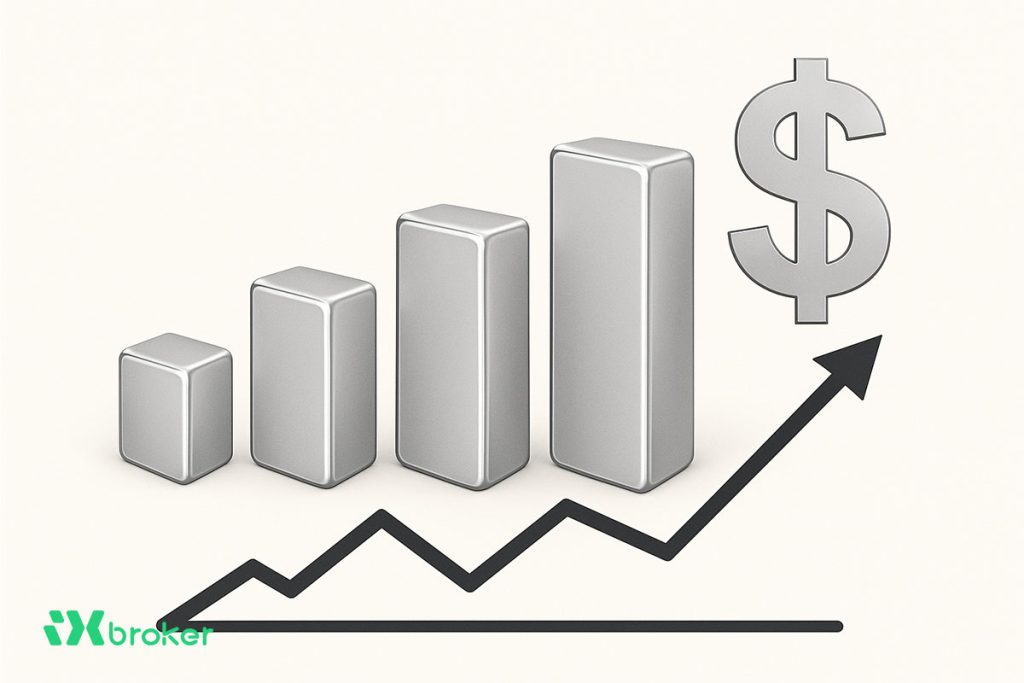Gold has dominated discussions during LME Week, with prices soaring roughly 60% since the start of the year. The metal’s remarkable rally has been fueled by mounting global trade uncertainty, escalating geopolitical tensions, questions over US fiscal stability, and growing concerns about the Federal Reserve’s independence.
According to ING’s senior commodity strategist Ewa Manthey, the Fed’s shift into an easing cycle has further boosted demand for gold—a non-yielding asset that benefits when interest rates fall.
Manthey highlights that the rally has been largely driven by robust physical demand, as both central banks and private investors have accumulated gold at record levels throughout 2025.
Gold tumbles after record-breaking rally
After a weeks-long surge to successive all-time highs, gold prices suffered their sharpest weekly decline in 12 years. Manthey noted that the correction suggests “momentum may have become overstretched.” The sell-off has been triggered by a combination of factors: profit-taking across precious metals, easing seasonal demand following Diwali, renewed optimism over US-China trade talks, and uncertainty around investor positioning amid the ongoing US government shutdown. A stronger US dollar has also added downward pressure.
“The pullback underscores the risk that the rally might have moved ahead of underlying fundamentals,” Manthey said.
Outlook remains constructive despite correction
Despite the sharp correction, ING maintains a broadly positive medium-term outlook for gold. Manthey pointed out that central bank demand remains structurally strong, having accelerated since Russia’s invasion of Ukraine in 2022.
“Central banks’ appetite for gold is being driven by concerns over Russian-style sanctions on foreign reserves and a strategic shift in how countries manage their currency holdings,” she explained.
Poland’s central bank has been the largest buyer year-to-date, recently announcing plans to raise gold holdings from 21% to 30% of total reserves.
Exchange-traded funds (ETFs) have also played a crucial role in supporting the rally. According to the World Gold Council, ETF inflows in September alone matched the combined volume of central bank purchases during the first quarter of this year. Manthey noted that with ETF holdings still below their 2022 peak, there remains scope for further accumulation.
“While near-term volatility is likely to persist, downside risks should be limited,” she added. “Geopolitical concerns, continued central bank buying, and expectations of further monetary easing are expected to provide a solid floor for prices. For now, gold’s pullback appears to be a healthy correction within a still-positive trend.”


